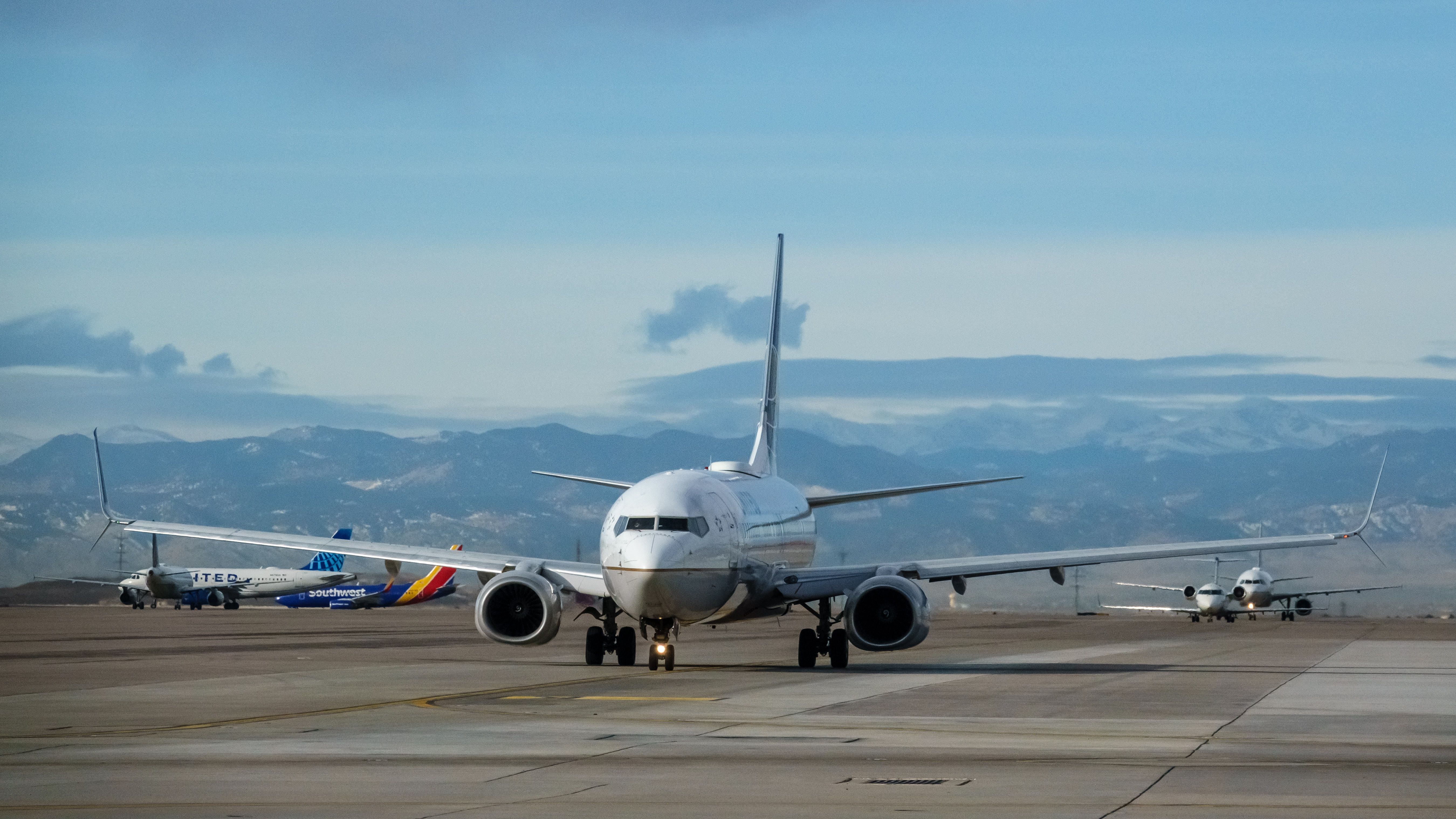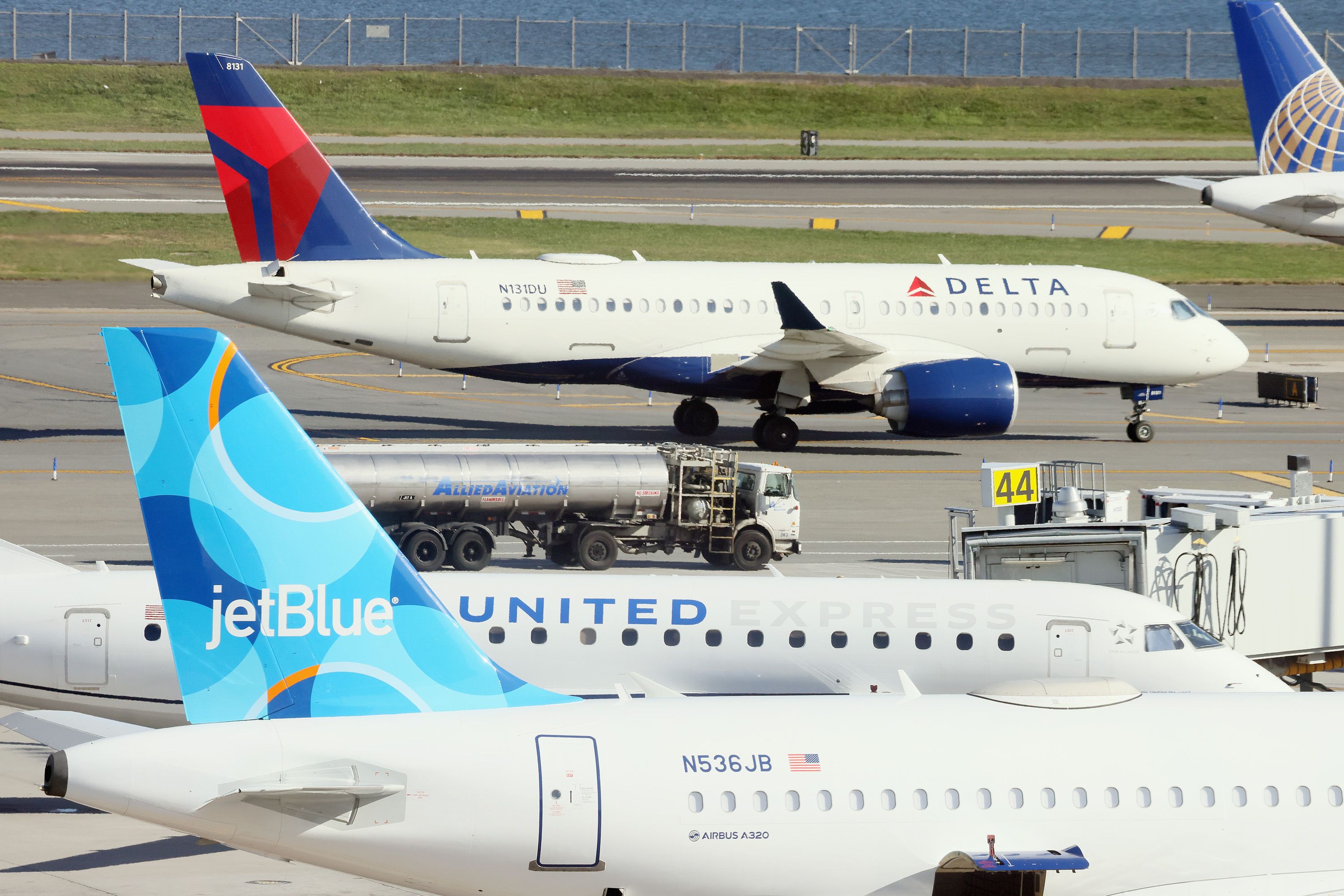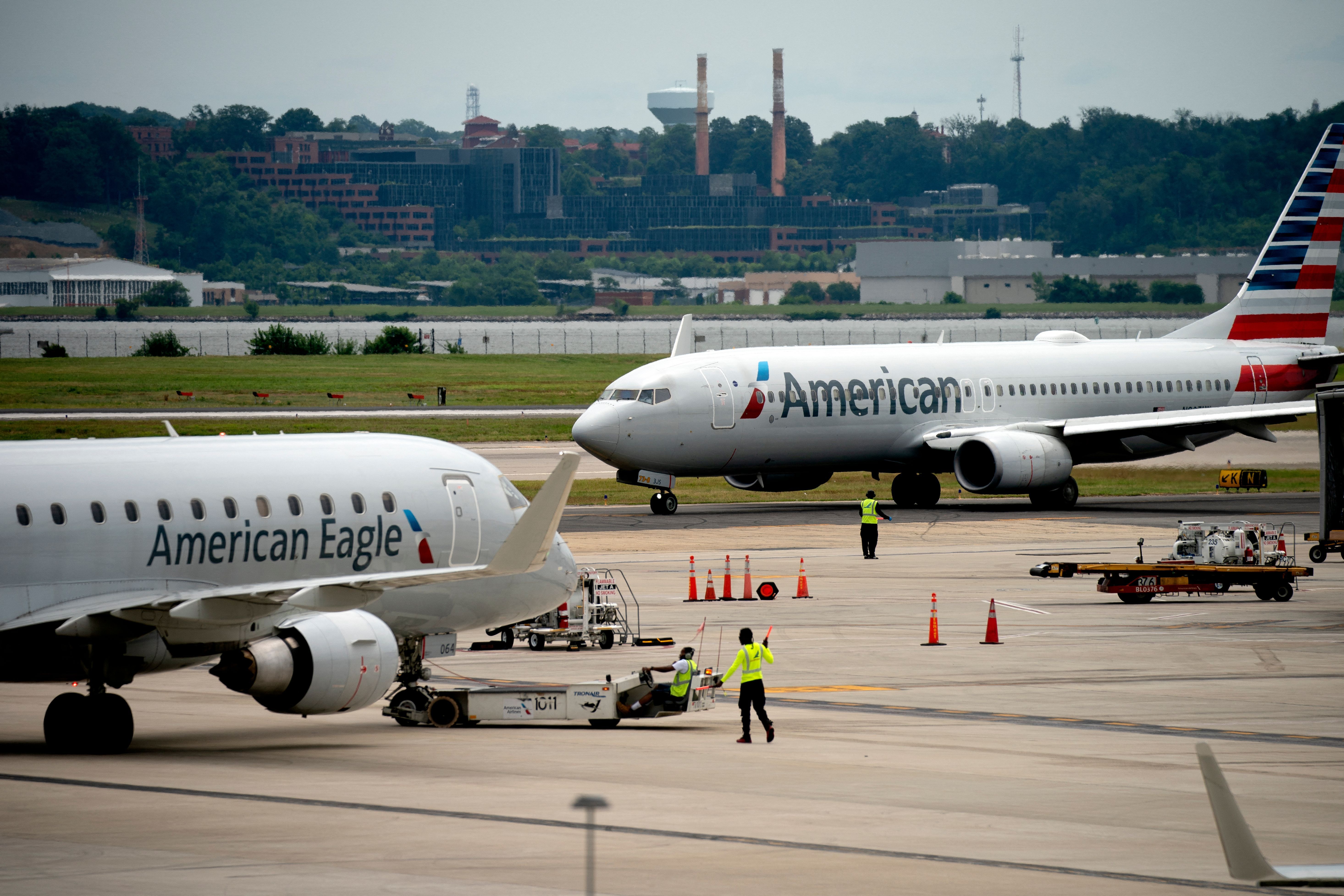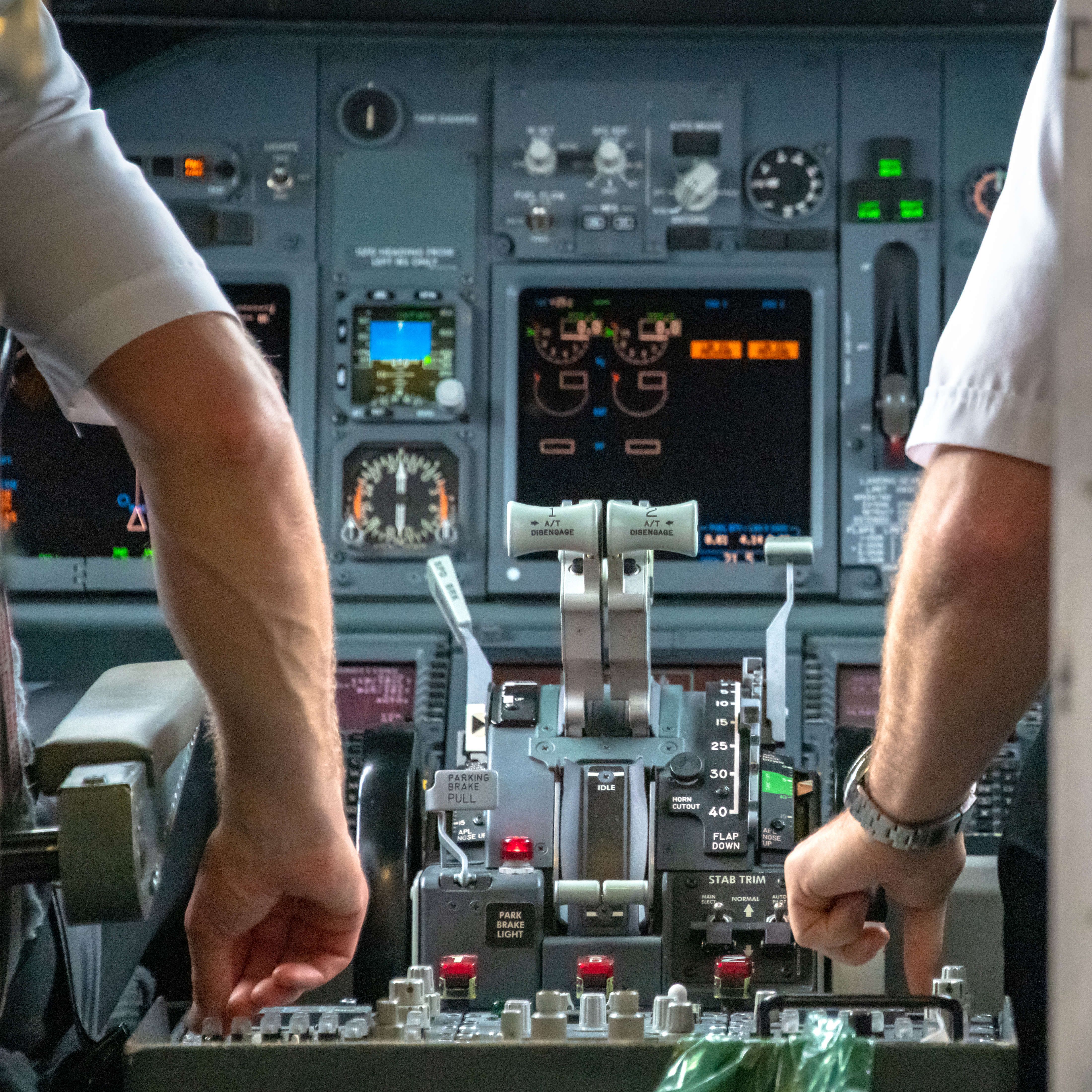The Air Line Pilots Association (ALPA) released a report comprised of data collected from the Federal Aviation Administration (FAA) concerning the number of pilots in the US. The data revealed that nearly 10,000 Commercial Pilot Certificates (CAX) were issued in the past 12 months. These numbers reportedly put the industry on track to surpass the current demand at the airlines. ALPA ensures that these new pilots will help fill the gap created by the ongoing pilot shortage.
Growing supply
In the years leading up to the pandemic, the aviation industry began to notice the looming threat of a pilot shortage. At the time, many airline pilots were nearing retirement, with far fewer new pilots entering the field. When the pandemic hit, and air transit came to a halt, many airlines offered these seasoned pilots early retirement to cut costs and reward their employees. When air travel demand skyrocketed as the world unlocked, many airlines were left scrambling to find qualified pilots to fly their planes.
This led many major airlines, such as American and Delta, to take more pilots from regional airlines, such as Envoy and SkyWest, where most pilots start their airline careers. This, in turn, created a deficit of regional pilots as the minimum number of flight hours the airlines can accept new pilots at is 1,500. This shortage has led to flight delays and cancelations around the country throughout 2022, with hundreds of aircraft sitting idle with no pilots to fly them. Many smaller communities have seen airline services vanish overnight simply because their route was no longer viable with the resources available.
According to the FAA, airlines are short an estimated 8,000 pilots. Surely 10,000 new commercial pilots would solve this problem? Well, it's a bit more complicated than that. A CAX allows a pilot to operate for hire, but this does not mean they can fly for an airline. To do so, they need an Airline Transport Pilot Certificate (ATP), which requires 1,500 flight hours. The CAX only requires 250.
Even so, the FAA has issued 8,115 new ATP licenses in 2022 alone. But this still doesn't fix the problem. For every new ATP pilot hired by an airline, approximately one retires. Meaning that the increase in ATP pilots is not really filling the gap, only keeping the airlines in operation.
Get the latest aviation news straight to your inbox: Sign up for our newsletters today.
Meeting demand
Even if the growing number of ATP pilots are not filling the gap left by the pilot shortage, the 9,397 new CAX pilots surely will. Again this is only partially true. Many of these pilots will go on to be ATP pilots, which will help fill the gap; however, the number of forecast ATP pilots only marginally exceeds the forecast of retiring pilots. Another challenge for the new CAX pilots is acquiring 1,500 hours. Most obtain a Flight Instructor certificate (CFI) and gain hours by teaching new pilots.
The FAA has reported that the number of CFIs in the US is 10% higher than before the pandemic. This has led to a surplus of CFIs in many markets, making finding a CFI job difficult and slowing the progress of many future airline pilots. However, the surplus, in many ways, points to a brighter future for the industry. The increasing CFI numbers are increasing the pilot training capacity in the US. Currently, many flight schools around the US are being flooded with students looking to become pilots. As this demand continues, capacity at many flight schools will grow to create more jobs for CFIs and provide more opportunities for aspiring pilots.
ALPA believes that the growing surplus of new pilots will not only help replace retiring pilots but will aid in ending the pilot shortage over the next decade. The President of ALPA, Joe DePete, stated the following concerning the surplus of pilots,
"This is good news that everyone in our industry should be celebrating. The decision to invest in America's aviation workforce, made in the darkest days of the pandemic, continues to pay off with record pilot production numbers."
What do you think of the current surplus of low-time pilots? Do you think it will be enough to end the pilot shortage? Let us know in the comments below.




